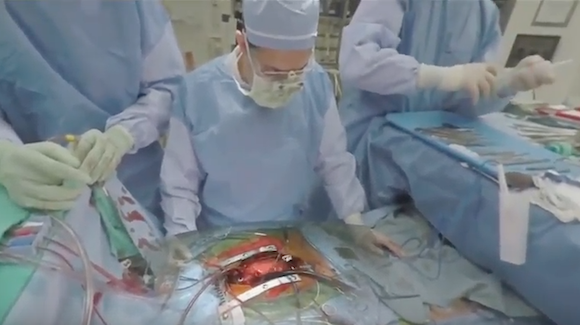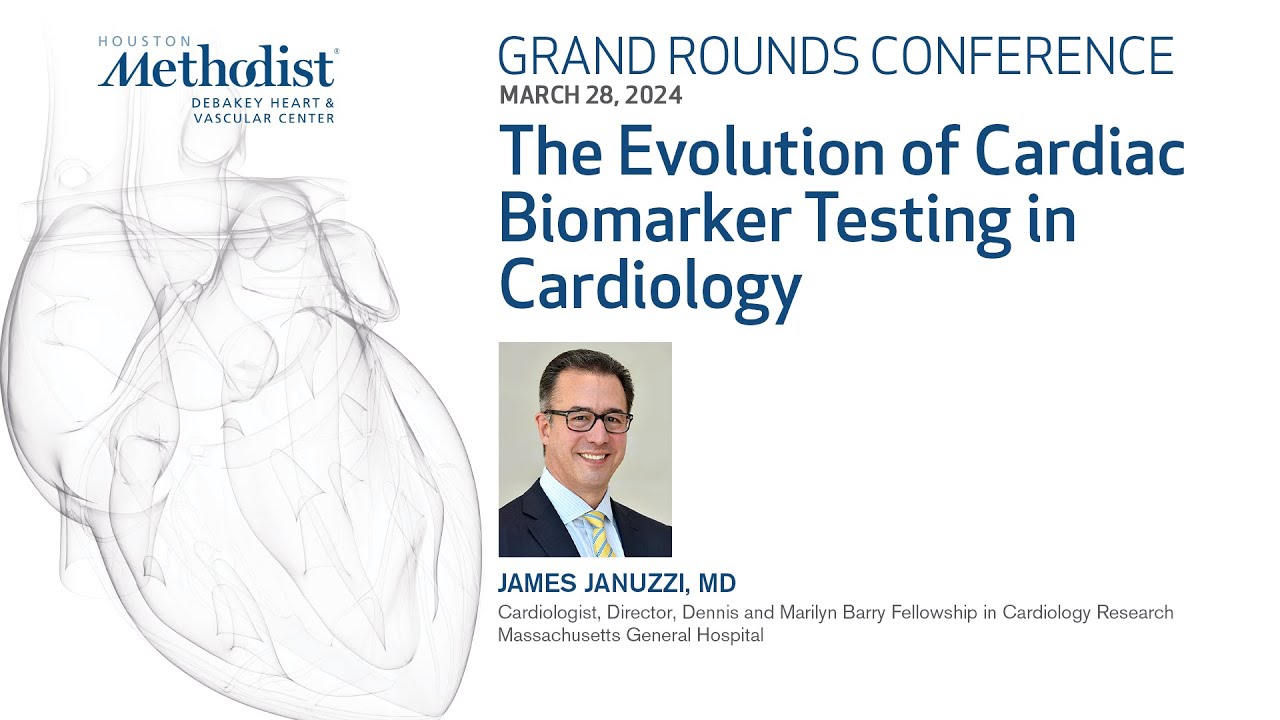NEW YORK (Reuters Health) – For abortion in the second trimester performed for fetal anomalies or fetal death, dilation and evacuation (D&E) is considerably safer than the labor-induction technique, according to a retrospective review.
Dr. Amy G. Bryant and colleagues with the University of North Carolina at Chapel Hill, note in their report that worldwide, labor-induction abortion is more often used in the second trimester than D&E. To compare the safety and effectiveness of the two techniques, they reviewed outcomes of all abortions performed at 13-24 weeks for fetal indications over a 10 year period at the University of North Carolina Hospitals.
As reported in Obstetrics & Gynecology for April, 136 women had labor-induction abortion and 263 had D&E. Women in the induction group tended to be younger and were more likely to be Hispanic.
Women undergoing labor induction had more complications than those having D&E, the team found. Rates of one or more complication in the two groups were 24% vs 3%, for an unadjusted relative risk of 6.9 (p<0.001).
The types of complications varied by technique. The most common complications among labor-induction abortions were retained placenta requiring D&C or manual removal and fever requiring antibiotics, while in the D&E group, complications included fever requiring antibiotics, hospital admission after D&E, repeat aspiration after D&E, and failed attempted D&E requiring labor induction.
Since the absolute risk reduction in morbidity was 21%, the investigators point out that one of every five patients undergoing labor-induction abortion has a complication that could have been avoided if D&E had been used instead.
“When faced with the difficult decision of aborting a pregnancy for fetal indications, women should be offered a choice of the best methods,” Dr. Bryant and colleagues advise. “When given this choice, most prefer D&E,” they note.
Reference:
Second-Trimester Abortion for Fetal Anomalies or Fetal Death: Labor Induction Compared With Dilation and Evacuation
Obstet Gynecol 2011;117:788-792.









